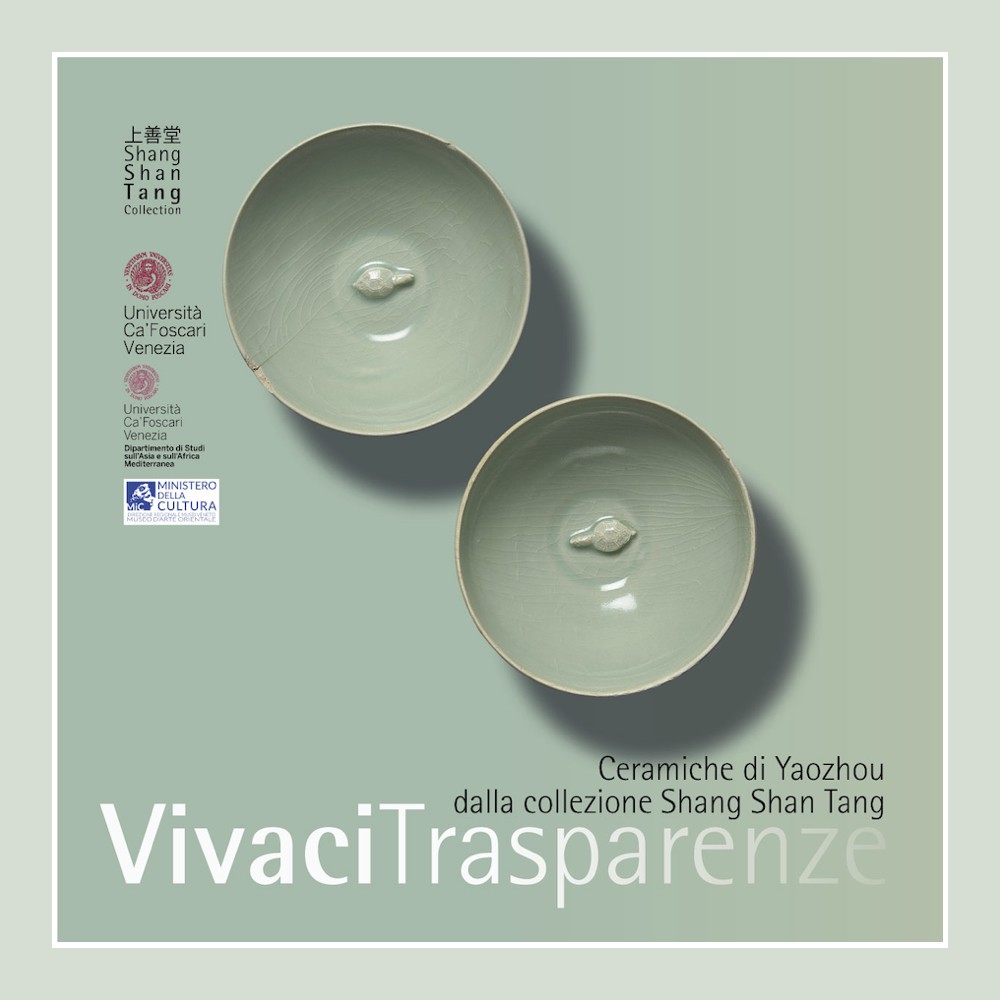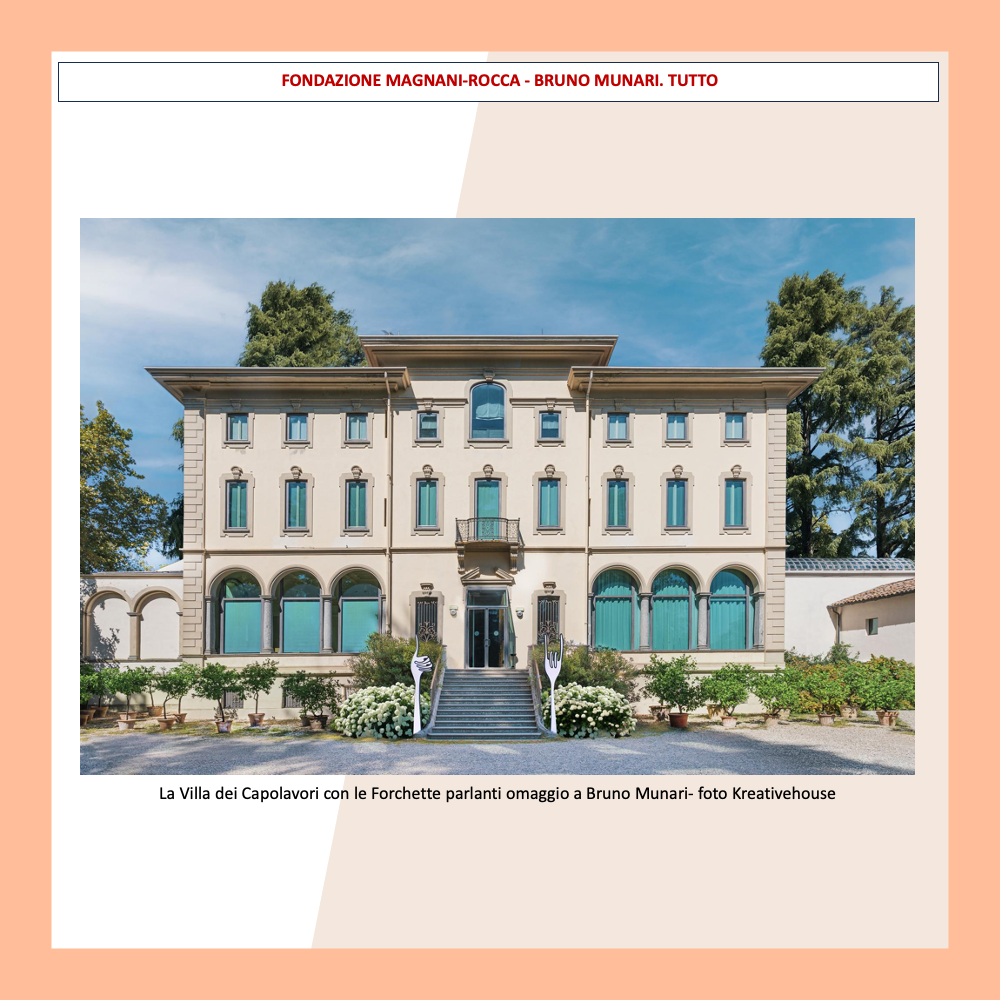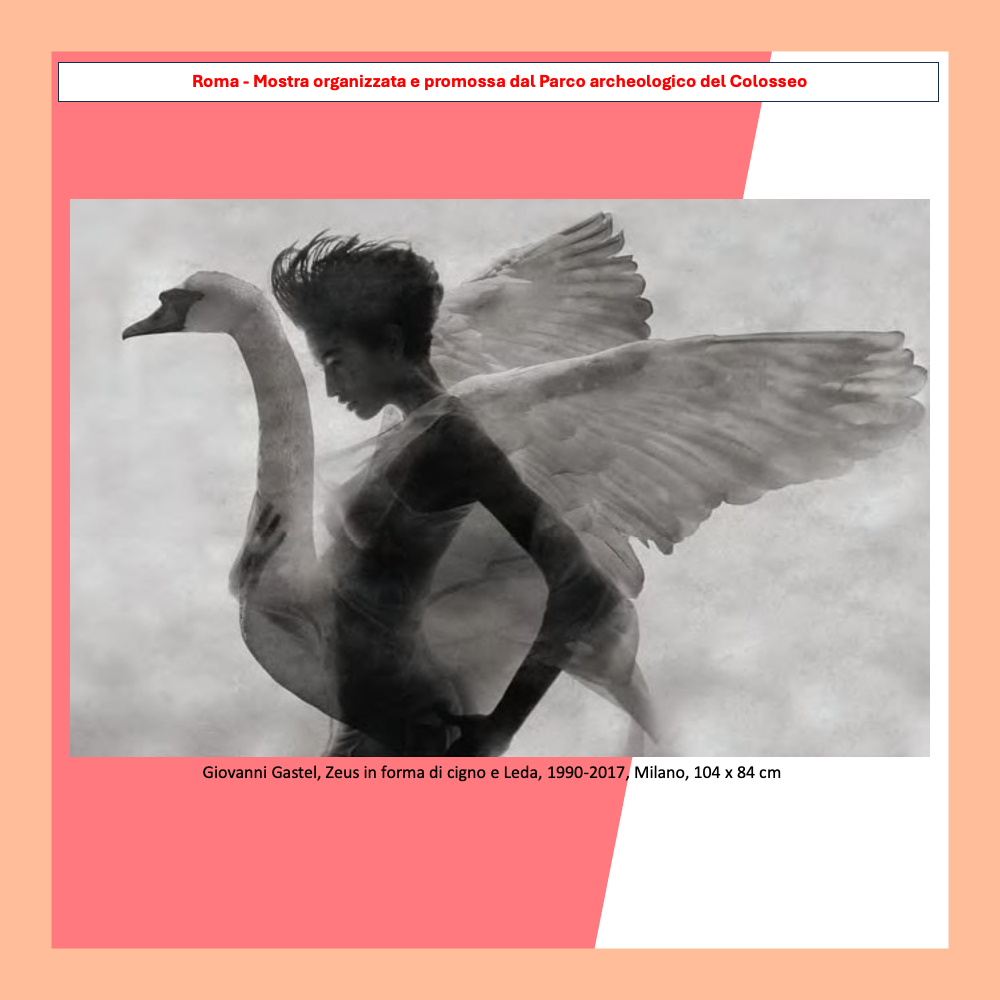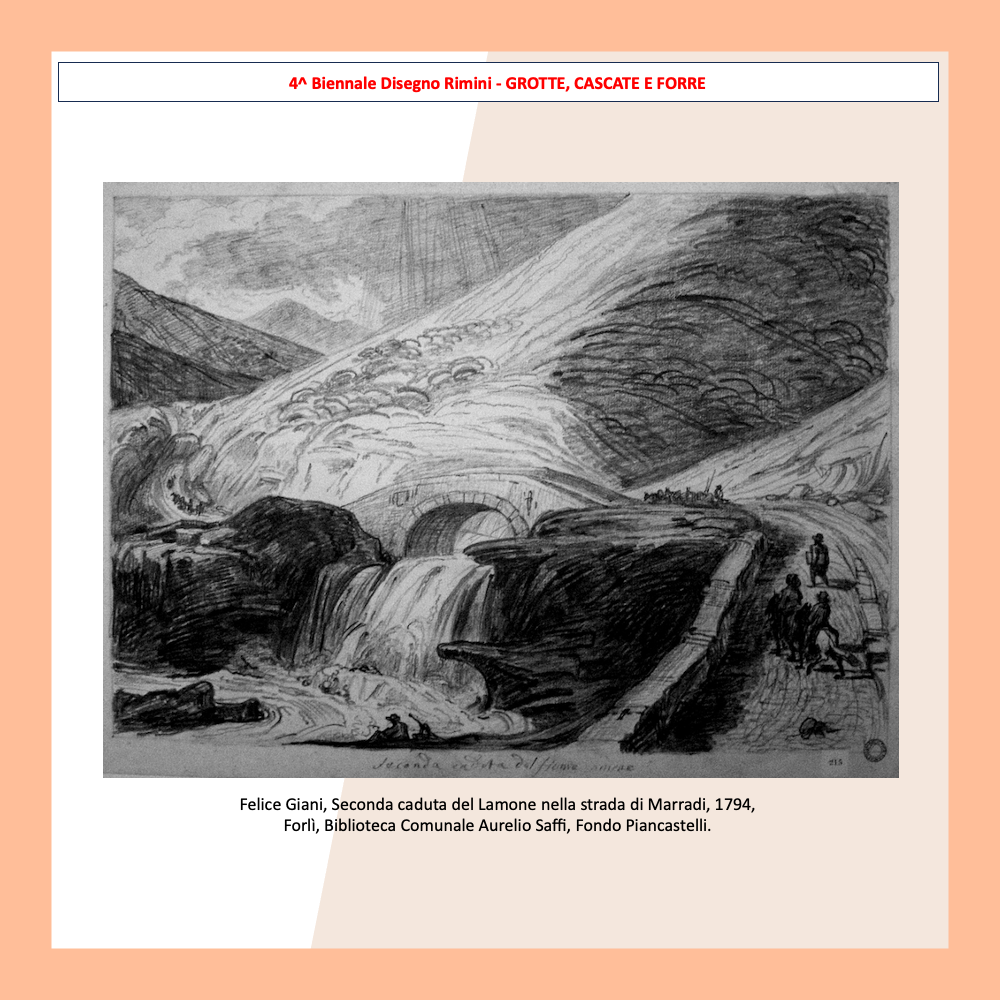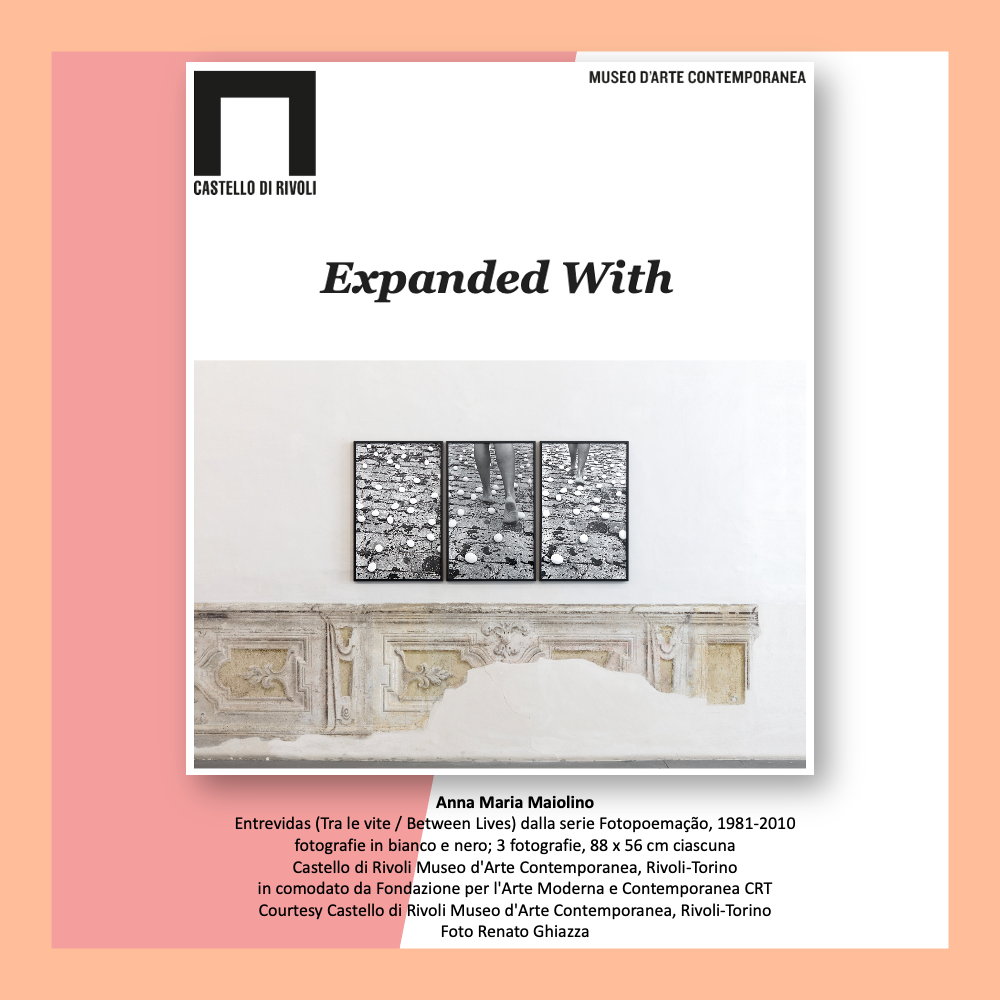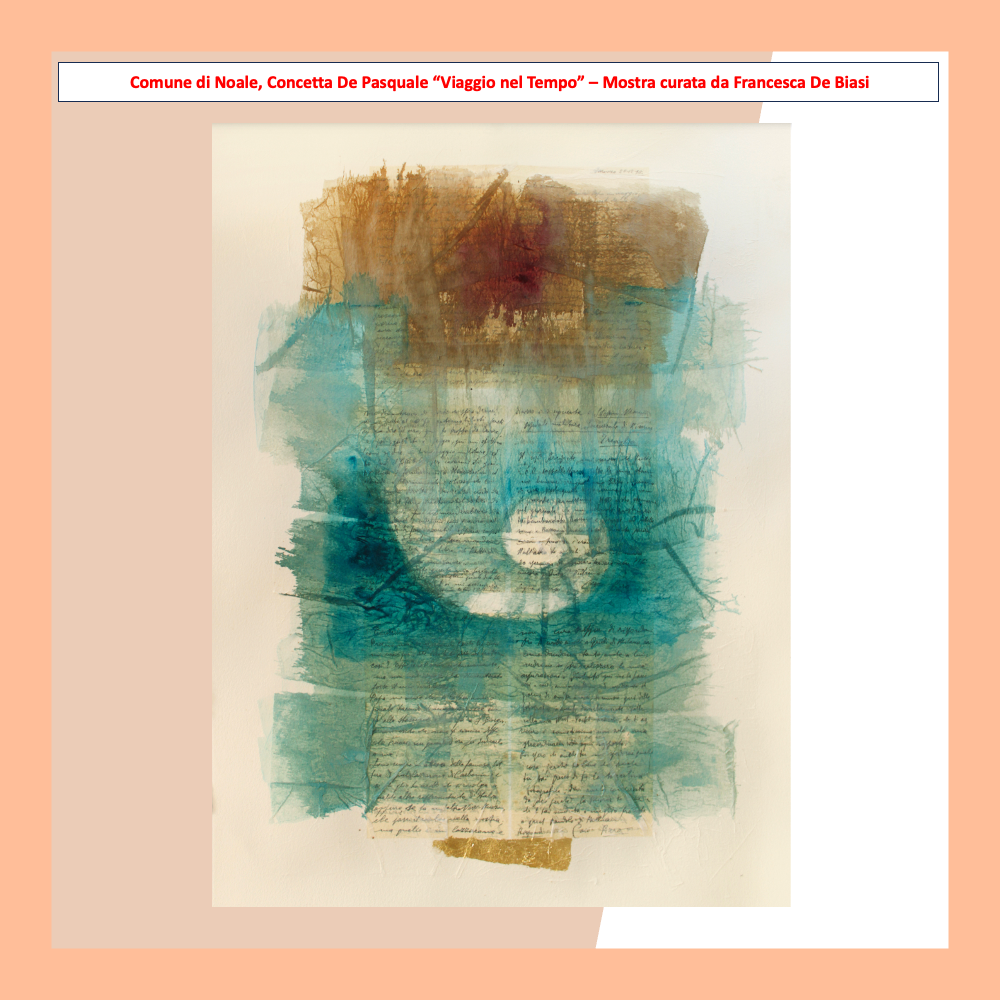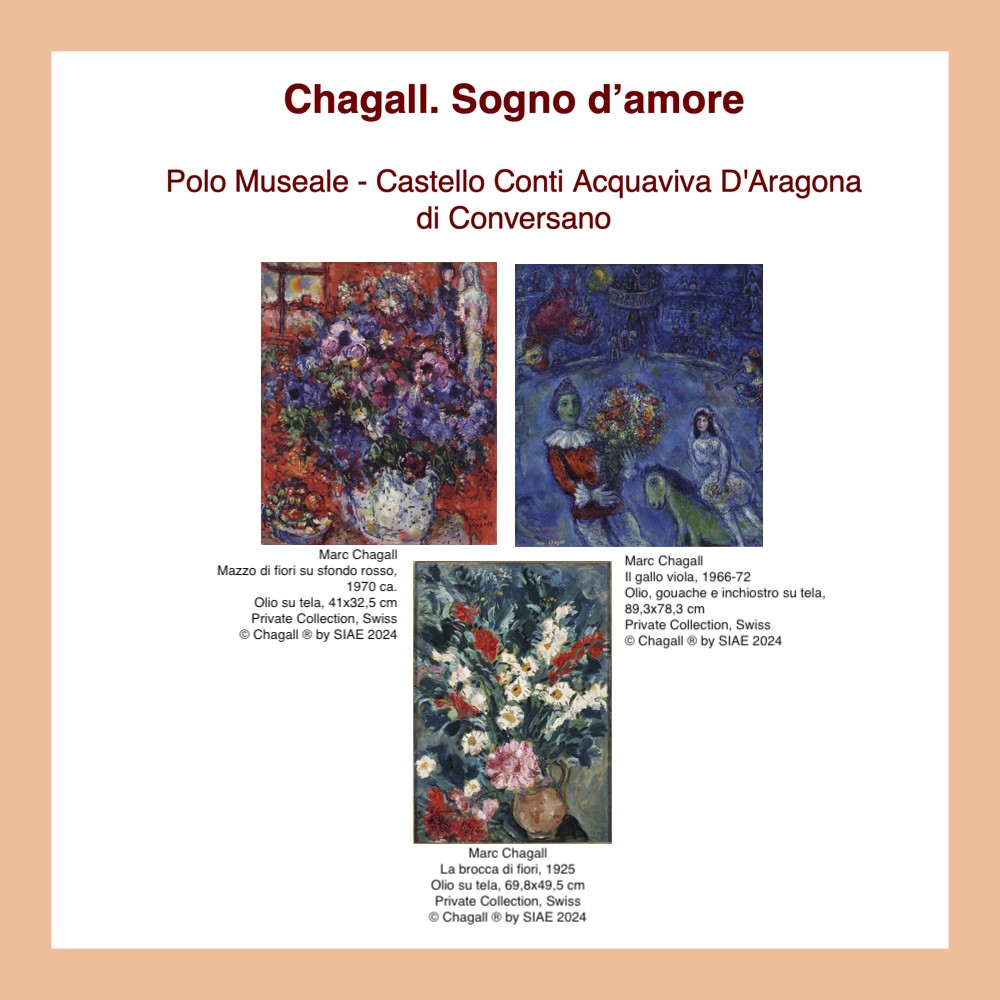
VIVACI TRASPARENZE
Ceramiche di Yaozhou dalla collezione Shang Shan Tang
A cura di Sabrina Rastelli
07.09>23.10.2022
MAOV Museo di Arte Orientale di Venezia
Ca’ Pesaro, S.Croce 2076, Venezia
Vivaci Trasparenze: ceramiche di Yaozhou dalla collezione Shang Shan Tang è una mostra di ceramiche interamente dedicata alle manifatture di Yaozhou, situata a circa 100 km a nord di Xi’an, nella Cina settentrionale (dove si trova il celeberrimo esercito di terracotta del Primo Imperatore), che si terrà al Museo d’Arte Orientale di Venezia dal 7 settembre al 23 ottobre 2022, con l’organizzazione di Fondazione Università Ca’ Foscari e MAOV.
Università Ca’ Foscari Venezia, con il suo Dipartimento di Studi sull’Asia e Africa Mediterranea, e Museo d’Arte Orientale della Direzione regionale Musei Veneto tornano ancora una volta a collaborare per la realizzazione di eventi di elevato profilo scientifico e insieme divulgativo, in una sinergia di intenti utile e necessaria per la diffusione della conoscenza delle culture extraeuropee.
Saggio di Sabrina Rastelli
Introduction
“Yaozhou ware” is associated with a type of blue/green ware (qingci in Chinese or celadon, to use an old French term) characterised by vivid designs carved or impressed under a transparent, olive green glaze (fig. 1). This variety was indeed the flagship product of the manufacture at Huangbuzhen (also pronounced “Huangpuzhen”), Tongchuan, Shaanxi province, but not the only one nor the first. The association of this style with the Yaozhou kilns and the identification of the Huangbuzhen factory as the leading one (rather than the manufacture at Linru, Henan province) were put forward only at the end of the 1950s. Before then, this type of Yaozhou blue/green ware was broadly classified as “northern celadon”. The term “Yaozhou” was not lost, it appeared in a few of the many written sources compiled at least since the Song dynasty (960-1279), but nobody knew what Yaozhou ware looked like and the interest of scholars and collectors mainly concentrated on the so-called “five famous wares of the Song dynasty”, Longquan blue/green ware and of course Jingdezhen porcelain. However, by the very end of the 20th century, the Yaozhou site was the best excavated kiln in China, thanks to its completeness and good archaeological practice. This has allowed to piece together the development of the ceramic centre from its establishment in the Tang dynasty (618-907) to its demise under the Mongol regime (1234-1368) and, more importantly, to demonstrate the great technological achievements of the Yaozhou potters, which were truly groundbreaking.
The first surveys
The archaeological history of the Yaozhou kilns starts with two discoveries occurred far away from Huangbuzhen. The first, in 1951, was the finding of a stele at the Dangyangyu kiln site (Xiuwuxian, Henan province) (fig. 2) by Chen Wanli (1892-1969), the father of ceramic archaeology in China. The stele, dated 1105, clearly states that the temple to kiln divinities in Dangyangyu had been built in imitation of the one in Yaozhou, but presumably because no ceramic type had at that time been associated with the Yaozhou kilns, this important piece of information was ignored. The second, in 1953, was the unearthing of a hoard of about three hundred blue/green shards at Guang’an men in Beijing (fig. 3), capital of the Jin empire (1115-1234) from 1153 to 1214, but again no connection with Yaozhou ware was made for the same reason.
The first survey at Yaozhou was carried out in 1954, when Chen Wanli decided to visit the site after noticing blue/green shards collected in Shaanxi province and held in the Shaanxi History Museum, that appeared remarkably similar to Linru ware (then better known than Yaozhou). The inspection confirmed that the Yaozhou kilns were specialised in blue/green ware whose quality was not superb, but not inferior to Linru ware either. Remembering the content of the Dangyangyu stele, Chen searched for the Yaozhou one and found it utilised as a table for the pupils in the school housed in the building that used to be the Eastern Mountain temple (fig. 4). The stele is dated 1084.
In the Summer of 1954 another important (and again overlooked) discovery was made: after a ruinous flooding of the local river in the nearby Bin county, a black vat containing complete blue/green specimens came to light (fig. 5). Despite their excellent quality and state of preservation, the beautiful objects did not stimulate much curiosity.
The situation began to change, albeit slightly, when, after a field investigation at Huangbuzhen in 1957, Feng Xianming (1921-1993) connected the Guang’an men shards (housed in the Palace Museum, Beijing, where he was working) with the Yaozhou kilns. The only puzzling aspect was that the Guang’an men fragments were decorated with designs of dragons and phoenixes, while those collected at Huangbuzhen showed floral motifs. Maybe because of this reason and because of blue/green samples found at the Chenluzhen kiln site (23 km east of Huangbuzhen), in 1957 Huangbuzhen had not yet been recognised for what it really was, that is, the main kiln centre in Yaozhou. However, at least Feng Xianming was convinced that Yaozhou ware was not a provincial product, on the contrary it was appreciated in the Song dynasty and, as reported in the Song shi (History of the Song dynasty), even accepted as tribute by the imperial court. This is probably what stimulated Feng to continue his research, as in China written records play a crucial role in the interpretation of archaeological remains.
The first archaeological excavation in 1958
In autumn 1958 a major archaeological campaign was organised to excavate the Yaozhou kilns at Huangbuzhen, Lidipo and Shangdiancun. The final report was published as a monograph in 1965 (fig. 6), but before then two preliminary reports appeared in 1959 and 1962. Because of later, more thorough explorations, the 1958-59 campaign is often overlooked, but when put in context, it appears as a major breakthrough in the understanding of Yaozhou ware. If one pauses to think that until a few years earlier the concept of Yaozhou kilns was virtually non-existent and the vessels there produced were at best attributed to another ceramic centre, i.e. Linru, it is very significant that a full-scale investigation of the area was approved and carried out with the best means available at the time.
The finds were impressive and proved that what Chinese scholars had classified as Linru ware since Harada Gentotsu’s (dates unknown) discoveries at Linru county in 1931, was actually Yaozhou ware. They also demonstrated that the main kiln centre in Yao prefecture was Huangbuzhen, while Chenluzhen, Lidipo and Shangdian where later and subsidiary sites; that the first factories commenced production at Huangbuzhen in the Tang dynasty and were still active under the Mongols; that this kiln centre was specialised in the production of blue/green ware, but also manufactured other types, and that technologically the Yaozhou kilns were very advanced.
The analysis of the stratigraphic sequence of the excavated trenches allowed archaeologists to establish a relative chronology for the artefacts, which included three main cultural levels: lower, middle and upper, respectively attributed to the Tang, Song and Jin-Yuan periods, on the basis of stylistic features, a few dated pieces and coins.
The excavations revealed that in the Tang dynasty the Huangbuzhen kilns produced mainly black and white wares followed by green and yellow wares, whilst blue/green ware was a very small part of the whole output. In the Song dynasty, the production line was totally changed with the specialisation in blue/green ware. Moreover, if at the beginning of the dynasty, the decoration was still very restrained in both subjects and extension and usually appeared in the form of lotus petals carved on the outside, in a later phase decorative motifs extended to both the inside and outside of open vessels and the style became more and more flamboyant.
A layer of white matter between body and glaze was noticed in Song samples and identified as slip. This was regarded as a sign of refinement, while its absence in Jin-Yuan specimens was considered as confirmation of the decline in quality together with the yellow colour of the glaze and the firing in stacks which required a ring to be wiped clear of glaze on the bottom of open vessels. Subsequent studies will prove that it is a layer of anorthite crystals, developing during high-temperature firing, but this was not known in the late 1950s (see below).
The discovery of workshops and kiln utensils gave an idea of the manufacturing and firing methods. For example, saggars were already in use during the Tang period, albeit not regularly, judging from their quantity which, on the contrary, increased remarkably in the Song period, thus showing that firing objects singly in protective boxes became common; in the Jin-Yuan period saggars were predominantly tall cylinders able to accommodate a stack of bowls or plates. Most of the architectural remains were badly damaged, but the discovery in the Jin-Yuan layer of a group of four workshops opposite three kilns still partially standing and furnished provided a great deal of unexpected information about how kilns were operated. The workshops were identified as such on the basis of the utensils found in them, which demonstrated that ingredients were pulverised with treadle-operated hammers and refined in decanting pools, and that the glaze was prepared in large ceramic vats. The kilns were of the so-called mantou type with a horseshoe plan that included an ash pit to collect ash and cinders (fig. 7).
The ceramic samples unearthed at Lidipo and Shangdiancun showed characteristics very similar to those observed on specimens excavated from the upper cultural layer at Huangbuzhen. The same situation applied to Chenluzhen, which was only superficially investigated, but the quality and style of the shards there collected suggested that ceramic production at Chenluzhen commenced in the Ming dynasty. This invalidated Feng Xianming’s initial theory that the Chenluzhen kiln centre was activated in the Five Dynasties.
The explored area extended approximately 5 km from Nichi to Xincungou, thus testifying that Yaozhou was definitely not a secondary kiln site, indeed it was a big ceramic centre.
The information on Yaozhou kilns supplied by the 1958-59 excavations was of so great a relevance that one would have expected an immediate reconsideration of the position of this kiln centre, but recognition was slow to be acknowledged. In China Feng Xianming recognised the superiority of Yaozhou over Linru and, backed by tangible archaeological evidence, supported the theory that the Yaozhou kilns indeed provided tribute ware to the Song court. In Japan scholars realised that what they had so far labelled “Ru yao” was actually “Yaozhou yao” and promptly amended it, thus demonstrating that the 1958-59 finds were so self-evident as to revolutionise previous interpretations. In the West the impact of the astonishing results obtained at Huangbuzhen and environs were instead far from immediate. The first full acknowledgement of the importance of those discoveries dates back to as late as 1972 when Gray and Neave-Hill wrote: “One of the major elucidations of Chinese ceramic history in the post-T’ang period during the past fifteen or twenty years, has been the recognition of the long activity and superior quality of the wares of kilns at Yaochou in Shensi”. Nonetheless, nobody addressed the question of Yaozhou kilns supplying tribute ware to the Song court and the general feeling that one has when reading western sources is that Yaozhou ware was never considered in the same league as Ding.
The 1973 excavation
The Shaanxi Provincial Institute of Archaeology resumed excavations at Huangbuzhen in 1973 under the leadership of Zhuo Zhenxi, but no report of the finds appeared until 1980. The new expedition revealed three Song dynasty kilns, several workshops, kiln furniture and shards of all sorts. Among these was a considerable amount of blue/green specimens with characteristics that clearly set them aside from the typical Tang and Song output (fig. 8). Geng Baochang and Li Huibing from the Palace Museum in Beijing assigned them to the Five Dynasties period.
This discovery was of primary importance, as it demonstrated that from a ceramic point of view, despite its shortness, the Five Dynasties was a prosperous period with its own characteristics, and it was at this time that the Yaozhou kilns specialised in the production of blue/green ware. Some of the specimens had a yellowish glaze which betrayed the difficulty of controlling reduction firing, but in comparison with Tang samples, the greyish Five Dynasties glaze was more even in both colour and thickness. The Five Dynasties also appeared to be responsible for a major change in the method of firing: during the Tang dynasty, open vessels were fired in stacks separated by three-spurred spacers placed inside which left three marks in the well, but in the Five Dynasties potters started to fully glaze their vessels and, in order to prevent them from sticking to the bottom of the saggar in which they were individually fired, placed them on either three-armed or three sandy setters (fig. 9). This piece of evidence should have convinced scholars that the technique of fully glazing and firing on small spurs so much praised on Ru ware had in fact been invented by Huangbuzhen potters. The fact that nobody noticed it confirms the general attitude towards Yaozhou, perceived as less noble than the famous wares of the time and certainly not comparable to Ru ware.
Besides Five Dynasties celadon, other ceramic types were unearthed for the first time: white vessels with green (fig. 10) or brown decoration, vessels with decoration painted under the glaze and vessels with black decoration painted directly on the plain body (fig. 11), all attributed to the Tang dynasty on the basis of their style. Black pieces with rusty speckles (fig. 12) and those with sgraffiato decoration were added to the Song repertoire.
The new discoveries, especially those concerning ceramic activity at Yaozhou during the Five Dynasties, were of great significance, nevertheless they did not stimulate the publication of researches into the matter and the few papers that appeared on Yaozhou kilns were not affected by the recent, groundbreaking finds.
The large scale archaeological campaign of 1984-1997
In summer 1984, after the accidental discovery of the remains of a late Song kiln, the Shaanxi Provincial Institute of Archaeology launched a full-scale investigation (seven areas with a total of 191 trenches), destined to last over ten years. The results were astonishing in both quantity and quality, and provided invaluable fresh information on ceramic manufacture at Huangbuzhen, from which a new picture of the Yaozhou kilns emerged.
For the Tang dynasty, the discovery of the kilns and workshops to produce low-temperature ceramics proved beyond doubt that in that period Huangbuzhen manufactured sancai ware (fig. 13). Before the 1984 excavation, archaeologists had found lead-glazed specimens, but because the production of sancai ware had always been thought of as exclusively belonging to kilns in Henan province, the evidence was regarded as inconclusive and Henan kilns continued to be considered the sole manufacturers of low-fired ceramics. Whilst examining low-temperature samples, archaeologists also realised that what their predecessors had defined as “yellow-glazed” was actually lead-glaze ware, that is, low rather than high-fired ceramic. Besides sancai vessels and figurines, Huangbuzhen kilns also made tiles, both flat and cylindrical. According to Zhuo Zhenxi, all low-temperature wares made at Huangbuzhen were fired twice, the first at a higher temperature without the glaze, the second at low temperature to fix the glaze.
As to white wares, it became clear that the Huangbuzhen kilns fired both a coarse type and a better one, which, however, could not compare with the fineness of Xing or Ding specimens.
Vessels decorated in black glaze on a plain or white-slipped background had been found in the 1950s and 1970s, but at the time the white ground had been mistaken for glaze, whilst it is actually slip. A variation of black ware, characterised by milky bluish splashes over the black glaze (fig. 14), previously thought to have been made at kiln centres in Henan province, was found at Huangbuzhen, thus indicating that this so-called huayouci (black-glazed ware with milky splashes) was not exclusive of Henan manufactures. Moreover, its quality was not inferior to that of its Henan counterpart, thus demonstrating that although Henan kilns produced better sancai wares than Huangbuzhen, the latter could master other types of ceramics.
During the 1958-59 campaign, archaeologists had unearthed a few samples covered with an opaque yellowish green glaze which were classified as either yellow or green ware. The many more samples retrieved in 1984 demonstrated that this was a ceramic category in its own right, now commonly known as “tea dust” (fig. 15).
Previous excavations had yielded blue/green specimens, but not in sufficient quantity to understand the nature of Tang qingci. Now it appeared that at the beginning, the transparent blue/green glaze was directly applied on the speckled body, whilst later, in order to hide iron impurities in the body, the latter was first coated with white slip and then with the transparent blue/green glaze. A variation of this category, unique to the Huangbuzhen kilns, is that with decoration painted in white slip under the blue/green glaze, two specimens of which had been found in 1973 (fig. 16). This type of ware shows the versatility of Huangbuzhen potters who turned the glassy nature of their blue/green glaze to their advantage by at least partially covering the impurities in the body with floral designs painted in white slip.
That the Five Dynasties was an important phase in the development of Yaozhou celadon had been perceived in the 1973 campaign, but the new finds were crucial not only because more specimens were unearthed and therefore the nature of the ceramics of the period could be understood, but also because the archaeological stratum related to the Five Dynasties was clearly identified. With the 1984 excavation it became evident that the great Song evolution was not accidental, indeed it would have been impossible without the solid foundations laid in the Five Dynasties period.
Song dynasty qingci had always been retrieved in abundance, but whilst the development of this genre was rather clear, the production of russet and black wares had not been considered relevant. The new archaeological campaign demonstrated that although blue/green ware was definitely the main product in the Song dynasty, Huangbuzhen kilns also produced high quality russet-glazed vessels (fig. 17) (comparable with those from the Ding kilns), black wares of the oil-spot, hare’s fur (fig. 18) and partridge feather varieties, and even a few white samples.
Although the excavations were conducted according to the stratigraphic method, the interpretation and grouping of the layers did not strictly follow a scientific approach. The Northern Song strata were not distinguished from the Jin ones, a part of which was sorted as Song. This is perhaps due to the fact that in the 1990s the foreign domination of the Jurchen over northern China was still seen as a period of decline in all arts. The final archaeological report was published in three instalments: on finds related to the Tang dynasty in 1992 (two volumes), to the Five Dynasties period in 1997 and to the Song dynasty in 1998, while the volume concerning the Jin dynasty was never printed. However preliminary reports and a great many papers were published over the years on different aspects of production at the Huangbuzhen kiln centre.
Interpretation of the Huangbuzhen finds
Once again, full recognition of the importance of this manufacture was very slow, despite the archaeological evidence and the research I conducted with Nigel Wood and Chris Doherty from the Research Laboratory for Archaeology and History of Art, University of Oxford. By closely analysing the archaeological remains and macrostructure, microstructure and chemical compositions of shards excavated at the site, it was possible to reconstruct the entire development of the Huangbuzhen kiln centre. For reasons of space, I will only summarise the evolution of the blue/green type here, which indeed derived from white ware (fig. 19), or rather from unsuccessful white pieces. In fact, it seems that it was the disappointing results of the white genre that prompted Yaozhou potters to experiment with blue/green wares: celadon glazes do not need to be applied on pure bodies, although they do require to be fired in a reducing atmosphere, a method previously unknown to Yaozhou potters and much more difficult to control than oxidation (fig. 20). Because of reduction firing, the body of Tang Yaozhou blue/green wares resulted unevenly grey, similar to a mixture of light- and dark-burning clays (the first purer than the second) poorly ground and mechanically mixed, scattered with black spots caused by particulate iron. Had it been fired in oxidation like sancai, black and white wares, the iron impurities in the clays would have not reacted with and diffused into the bodies. To conceal these impurities, vessels were coated with a layer of white slip, already used on some sancai, “imitation white” and even some black wares. From the chemical compositions available at present, it seems that the bodies of Yaozhou black, some sancai, “imitation white” and blue/green wares were very similar, thus suggesting that their original recipes were very much the same; the slip recipe was also relatively constant. Tang Yaozhou celadon glazes are of the lime type, chemically very similar to those of Yue ware, except for the content of titanium dioxide which is extremely low in the Yaozhou recipe. This implies that the Yaozhou glaze technology remarkably differed from Yue: Yaozhou potters did not include any significant portion of body or white slip clays in the glaze recipe, thus opening the way for making northern high-quality blue/green glazes, such as Ru. A comparison of the chemical compositions of Yaozhou “imitation white” and qingci shows very close similarities, which confirms that the technology of Yaozhou blue/green ware developed directly from local oxidised ceramics. The phosphorous pentoxide content in the glaze suggests that wood-ash may have been included as flux.
Although the first Yaozhou celadon samples were not very effective, presumably because workers were not familiar with reduction firing, they eventually mastered the technique, which in turn led to the production of beautiful bluish-green, translucent glazes in the Five Dynasties period (fig. 21) and to the Yaozhou kilns specialising in celadon at this time. The specialisation in qingci may have also been influenced by political circumstances: during the Five Dynasties, communication between north and south China became less straightforward, thus the demand for celadons in the north could no longer be met by the Yue kilns. This, in conjunction with the fact that sancai ware was no longer required, and that Yaozhou white ware was really a white-slipped stoneware that could not compare with the great traditions of Gongxian, Xing and Ding, stimulated Huangbuzhen potters to master their reduction firing technique and thus improve their qingci output.
The body of Five Dynasties Yaozhou blue/green wares appears very dark, almost black, and more uniform in comparison with its Tang counterpart (figs. 22a and 22b), but microscopic analysis shows that the improvement was not due to a better paste, but to better firing conditions (higher temperature and/or longer soaking) which produced a more mature fabric. From a chemical standpoint, there are some differences between Tang and Five Dynasties bodies, but they are negligible. Like in the Tang dynasty, Five Dynasties bodies were coated with a layer of white slip in order to prevent particulate iron in the body from showing through, but the titania-rich slip often caused the glaze to assume an undesirable yellowish tinge. To avoid this defect, Yaozhou potters started to fully-glaze their celadon pieces (fig. 8b), but this method presented them with the problem of handling and firing the objects without having them stick to the saggars in which they were placed for firing. The first “anti-adhering” method developed by Yaozhou potters consisted of three piles of granular quartz placed on the bottom of the saggar by the foot rim of the specimen to be fired (fig. 21b). This technique had the drawback that the grit adhering to the foot rim made it rough in places. Attempts to minimise the extent of the adhesions were made until the Yaozhou craftsmen re-adapted the three-armed spacers used in the Tang dynasty to fire vessels in stacks, only this time, they were placed with the spurs turned up under the foot of the objects. In this way, only three small scars were left on the foot. The technique was further refined by placing the setter under the base (fig. 8b), so that a fully glazed and perfectly smooth foot was accomplished, and by sharpening the spurs, so that only tiny scars were visible. In this way, the Yaozhou potters anticipated by at least 150 years their Qingliangsi colleagues (fig. 23), who have always been acknowledged with the invention of this technique.
The chemical composition of the glazes of Five Dynasties blue/green samples shows that craftsmen experimented with the recipe: they are all low in titanium dioxide, but while some are lime glazes (like Tang ones), other are lime-alkali. The low titania content guaranteed a fine, bluish-green colour – when reduction firing was managed correctly – and the lime-alkali nature allowed thicker application of the glaze which, as a consequence, resulted more unctuous and smooth, just like jade (figs. 8, 21 and 22). Although the amount of calcium oxide varies greatly in the chemical composition of Five Dynasties qingci samples, the phosphorous pentoxide content is always proportional to that of calcium oxide, thus corroborating the argument that wood-ash may have been a significant ingredient in the glaze recipe.
Despite their brief experience, in the Five Dynasties Yaozhou potters accomplished a product high enough in quality to attract the attention of the government: Yaozhou blue/green ware was one of the very few ceramics (together with Yue, Xing and Ding) selected to enter the tribute system. This is demonstrated by the mark guan (official) engraved through the glaze on the base of some objects evidently destined for this purpose (fig. 24). To the author’s knowledge, no written source (either from the tenth century or later) reports that during the Five Dynasties period the Yaozhou kilns were included in the tribute system, therefore the discovery of guan-marked shards is all the more crucial in the understanding of the use of Yaozhou qingci. Regarding the Song dynasty, there are two contemporary records stating that the kiln centre provided tribute vessels. The quality of eleventh century Yaozhou celadon is as high as that of Ding ware, and although no piece marked with the character guan has been retrieved, there is no doubt that the Yaozhou kilns could have served the court.
Fully glazed vessels are aesthetically very pleasing, nevertheless the technology behind them is very complex and their failure rate was high (with considerable economic loss). A more refined body paste would have permitted the elimination of slip-coating and would have allowed full-glazing. From archaeological evidence, it appears that this was achieved before the end of the Five Dynasties period and continued into the early Northern Song dynasty (fig. 25). Yaozhou potters improved their body pastes by crushing the clays to fine powder, reducing them to slip consistency and screening them through a small-mesh sieve. This yielded very homogeneous, pale grey and well matured bodies which no longer required the application of a layer of white slip, therefore vessels could be fired standing on their glaze-free foot rim. Better refinement of raw materials had direct positive consequences on firing efficiency: at equal temperature (and refractoriness), a more refined body matured more easily than a coarse one. But another change was about to transform the visual appearance of Yaozhou qingci: the introduction of coal as fuel.
Since the establishment of factories at Huangbuzhen in the eighth century, furnaces had been fuelled with wood, which sometime in the eleventh century was replaced by coal, presumably because of a shortage of wood balanced by huge local deposits of coal. Coal is characterised by a short flame and burns slowly, which required alterations to the kiln structure. An ash pit was dug in the ground of the firebox and covered with a grating to let the coal ash fall down and thus not hamper the combustion of the remainder. A ventilation duct running underground from a (optional) shallow pit outside the kiln to the ash pit was added to maximise the ventilation system, to remove clinker from the ash pit during firing and contemporarily warm up the air entering the kiln through the ventilation channel lined with hot ash and cinder (fig. 26). In order to even out the temperature in the kiln at the height of the firing, coal-burning mantou furnaces required very long high-temperature soaks during which the glaze came to full maturity. Deliberate fast cooling, perhaps encouraged by allowing air into the white-hot kiln-chamber at the end of the firing, prevented devitrification, thus creating transparent glazes. During the long high-temperature soaks secondary anorthite crystals precipitated at the body-glaze boundary (fig. 27) thus guaranteeing an overall white background that enhanced the transparency and colour of the glaze, just like a layer of white slip (with which anorthite crystals had been confused in the analysis of the 1958 excavation).
Initially I hypothesized that the transparent nature of the glaze may have been at the basis of the introduction of carved (and later impressed) patterns on the body: once that the jade-like effect was no longer achieved and the transparent olive green glaze produced a rather dull effect on a plain background, Yaozhou potters re-invented their main product by embellishing it with bold carved patterns. However, upon further research it seems that in the eleventh century embellishing vessels with ornamental motifs had become a trend shared by the leading manufactures of the time, that is, Yaozhou, Ding, Cizhou, Yue and Jingdezhen. Therefore, deliberate fast cooling to prevent devitrification may have been caused precisely to obtain a transparent glaze that would allow the underlying designs to show through. Boldly decorated vessels coated with transparent olive-green glaze were so successful that production grew enormously, and Yaozhou was the first kiln centre whose ceramic divinities were granted the official title of “marquis”. The beauty of this new genre of Yaozhou blue/green ware was also recognised by the Song court who accepted it as tribute.
As to the olive green tone, we wondered whether the burning of coal might interfere with the colour of the glaze and cause it to turn yellow (fig. 28). From more recent chemical analyses, it appears that roughly at the same time as coal was introduced, a change in the glaze recipe increased the level of titanium dioxide, causing the glaze to assume the typical Yaozhou olive green hue.
Judging from archaeological evidence, the manufacture at Huangbuzhen was not deeply affected by the fall of northern China into the hands of the Jurchen in 1126. Not only production was resumed soon after the establishment of the Jin dynasty, but the kilns maintained the high standards of the Song period (fig. 29), and the so-called “moon white” glaze (experimented with at the very end of the Northern Song period) was perfected (fig. 30). Yaozhou “moon white” ware is characterised by shiny and soft glazes with a jade-like appearance that echo Five Dynasties Yaozhou blue/green ware or more contemporary sky blue, translucent glazes. These were developed at the end of the eleventh century by potters at Qingliangsi – the Ru ware kiln site – and set a new trend in ceramic aesthetics, fashionable among the literati and the imperial court. By the very end of the Northern Song dynasty, other kilns, among which those at Shenhouzhen in Yuzhou, Henan province, which formulated the Jun glaze, and Yaozhou, responded to the new style by developing translucent glazes of their own. Decline at the Huangbuzhen manufacture only started at the end of the Jin dynasty with the production of lower quality wares for a less demanding market: vessels were thickly potted, decorated with stiff and repetitive moulded patterns, and coated with dull, brownish-green glazes (fig. 31). This tendency was further accentuated in the Yuan dynasty, when the kilns fired little, low quality celadon characterized by a markedly ginger-yellow tone (fig. 32). In the Ming dynasty, the Huangbuzhen kilns were shut down; production and the temple to kiln divinities were set up in nearby Chenluzhen, but the essence of the Yaozhou ceramics was irreparably lost.
The reputation of the Yaozhou kilns, that Southern Song literary sources had already damaged by reporting first contradictory and then negative comments, was irremediably compromised by Yuan intellectuals who labelled Yaozhou ceramics as second-rate imitations of Ru ware. When Ming and Qing scholars did not ignore the Yaozhou kilns altogether, they perpetuated the negative perception inherited from their predecessors, despite the different account supplied by local gazetteers. By the twentieth century, the connection between specimens with vivid motifs carved or impressed under a transparent, olive-green glaze and Huangbuzhen was lost. It took an impressive, full-scale archaeological campaign and Zhuo Zhenxi’s team’s painstaking collection and generous publication of data to attract the attention of contemporary scholars on the importance of the Yaozhou kilns in the history of Chinese ceramics.
In the past twenty years, ceramic experts have slowly re-evaluated the reputation of the Yaozhou manufacture, realizing that it was not inferior to Ding or Jun, nonetheless, the unique position that it held as a true ancestor to magnificent Ru and consequently Guan and Longquan wares has not yet been widely recognised.
SCHEDA INFORMATIVA
VIVACI TRASPARENZE
Ceramiche di Yaozhou dalla Collezione Shang Shan Tang
07.09.2022 > 23.10.2022
INAUGURAZIONE
dalle ore 17 alle ore 19 con presentazione e visita alla sala espositiva. Entrata libera
A CURA DI
Prof. Sabrina Rastelli Phd
Professore ordinario di Archeologia e Storia delle Arti e filosofia dell’Asia orientale presso l’Università Ca’ Foscari Venezia
Curriculum Vitae
DOVE
MAOV Museo d’Arte Orientale di Venezia
Ca’ Pesaro, Sestiere di Santa Croce n. 2076, Venezia
ORARI DI VISITA
Dal martedì alla domenica
10.00 > 18.00 La mostra è compresa nel ticket d’ingresso al Museo
ORGANIZZAZIONE
Fondazione Università Ca’ Foscari – MAOV Museo d’Arte Orientale di Venezia
UFFICIO STAMPA
FG Comunicazione – Venezia
Cristina Gatti
cristina.gatti@fg-comunicazione.it
Per ulteriori informazioni
Università Ca’ Foscari Venezia
Ufficio Comunicazione e Promozione di Ateneo
Settore Relazioni con i media
Paola Vescovi (Direttrice): Tel. 366 6279602
Federica Ferrarin (Referente di settore): Tel 366 6297904
Enrico Costa (Senior Media Relations Officer): Tel. 337 1050858
Email: comunica@unive.it
Le news di Ca’ Foscari: news.unive.it
Direzione regionale Musei Veneto – Museo di Arte Orientale di Venezia
Ufficio Comunicazione Direzione
Vincenza Lasala
0412967627
vincenza.lasala@cultura.gov.it
Direzione Museo
Dott.ssa Marta Boscolo Marchi
0412967628 – 0415241173
marta.boscolo@cultura.gov.it
